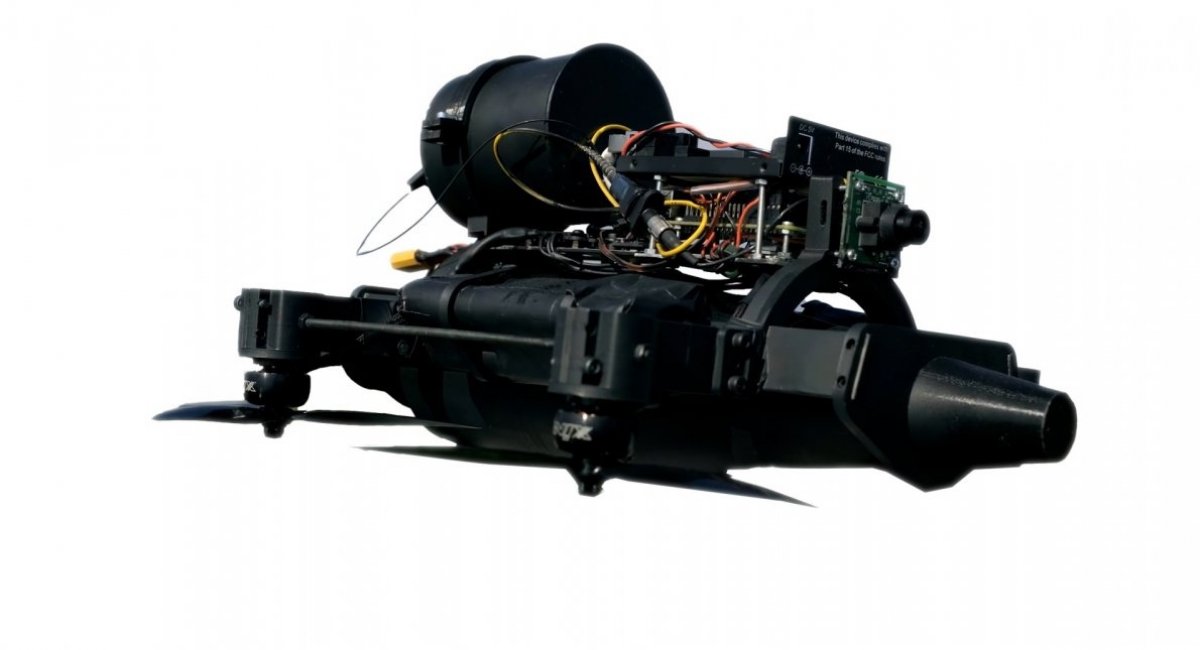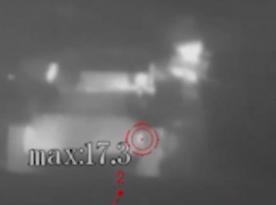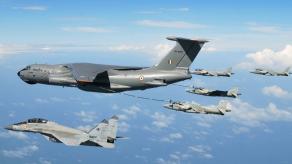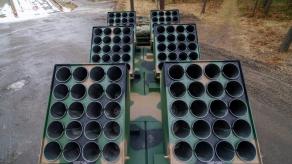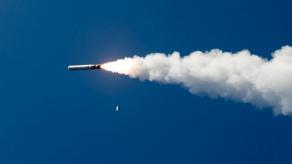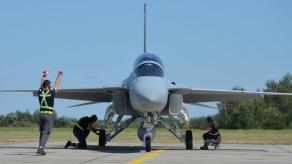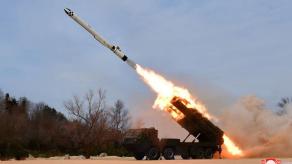FPV drones utilizing optical fiber instead of traditional radio channels for control and video transmission represent a highly promising avenue for advancing this technology, particularly in military applications. Russian forces have been actively exploring this direction, testing such drones in combat scenarios. Concurrently, Ukrainian developers, such as Dronarnia, have also made significant strides. For instance, they showcased a prototype FPV drone named Banderyk-Strichka, which employs optical fiber for control.
The Banderyk-Strichk drone boasts a payload capacity of up to 3 kg, a flight duration of 15 minutes and a tactical radius of 1 km, although these specifications were achieved some time ago. The primary emphasis lies in gaining expertise in implementing optical fiber control rather than the drone’s specific parameters. Unlike its russian counterpart, this drone utilizes a thinner optical fiber, enabling it to execute aggressive maneuvers without damaging the fiber, as evidenced in video footage.
Read more: Ukrainian Warriors Destroy Two russian 2S1 Gvozdika Howitzers Using FPV-Drones (Video)
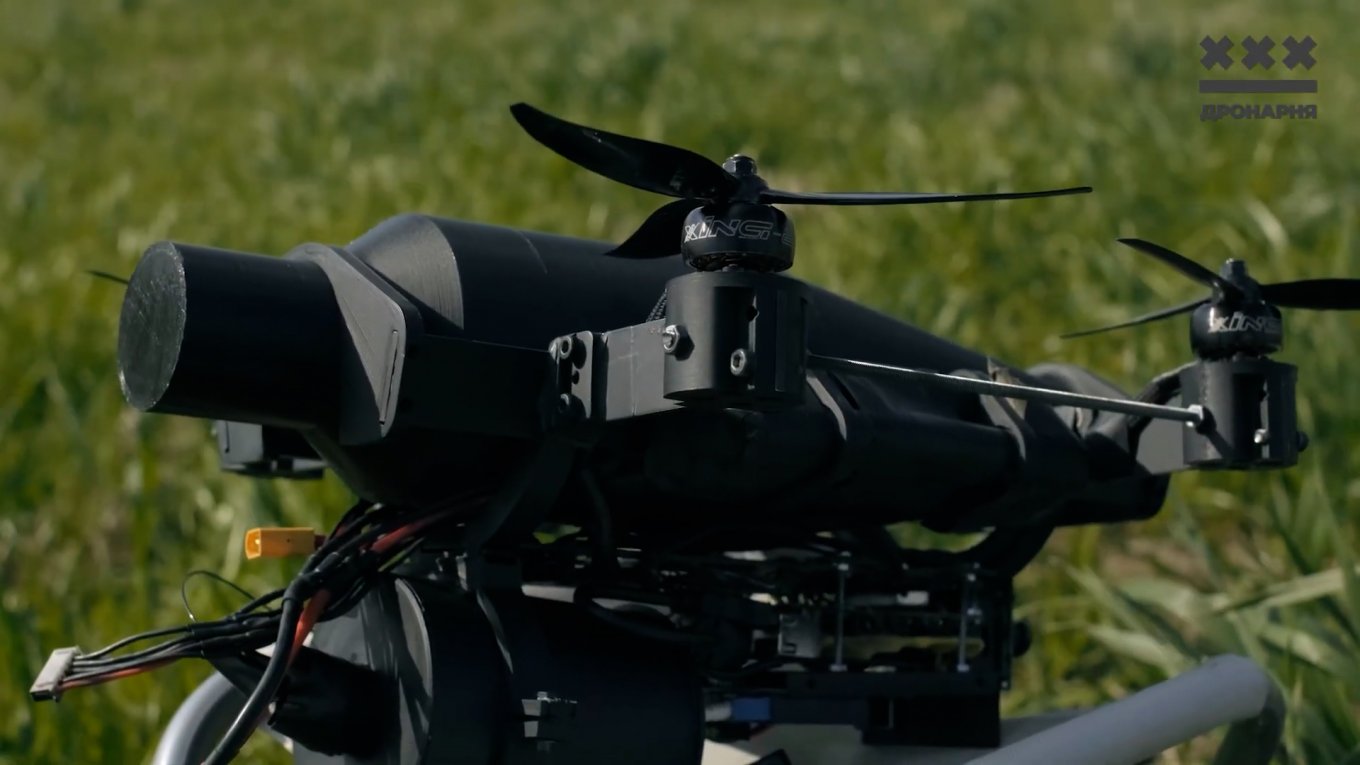
Optical fiber control offers distinct advantages, including immunity to electronic warfare systems and enhanced image quality for operators. This setup increases drone effectiveness and accuracy in targeting. Moreover, it ensures operational secrecy by evading detection through radio-electronic reconnaissance means and mitigates interference issues associated with radio frequency control, facilitating the management of multiple drones simultaneously.
Additionally, leveraging optical fiber control permits centralizing computing power for tasks like machine vision, utilized in target recognition and attack strategies, at the control station rather than onboard the drone, which is a more cost-effective approach.
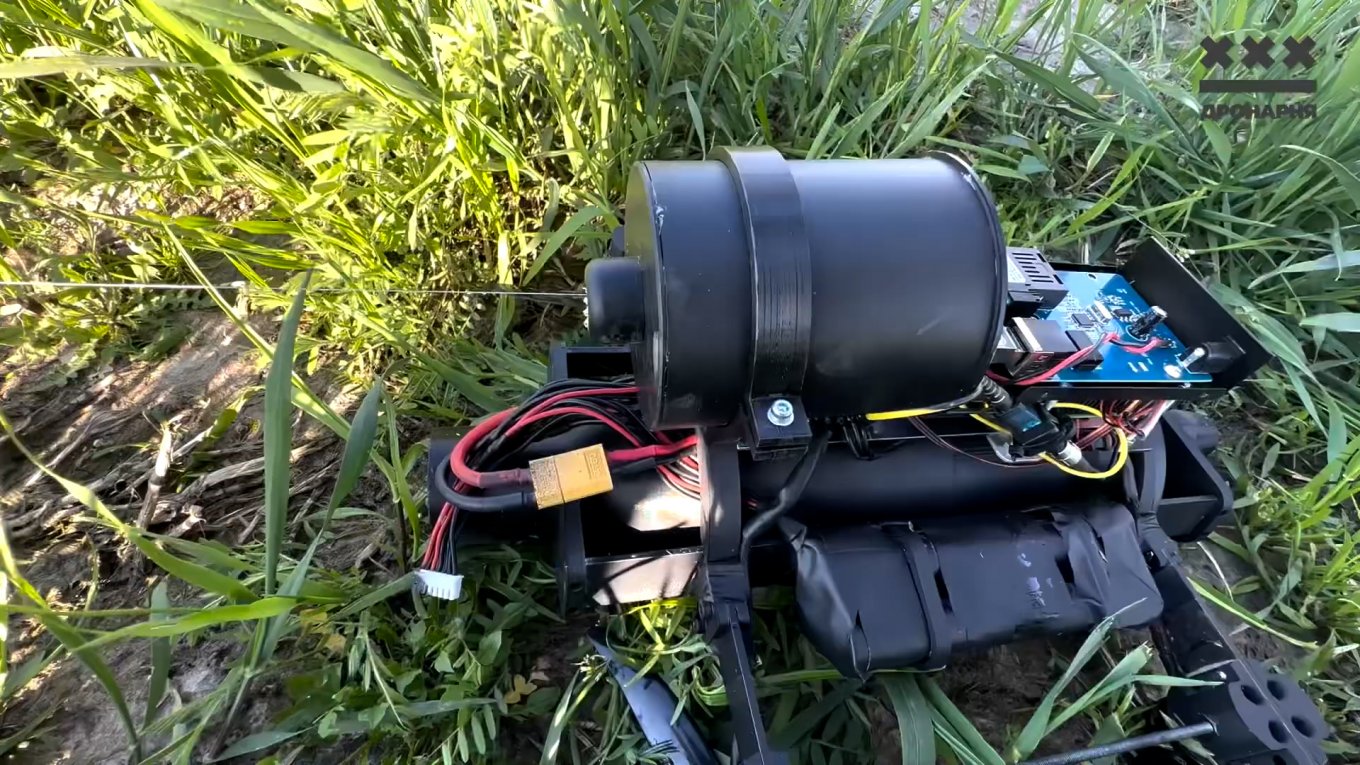
However, potential drawbacks include limitations in distance due to optical fiber length, risk of fiber breakage leading to drone loss and operational complexities. Nevertheless, a comprehensive practical assessment of FPV drone deployment in combat scenarios is necessary to substantiate these considerations and refine the technology further.
Read more: Ukrainian FPV Drones With Shrapnel Munitions Work Great on the Battlefield (Video)




